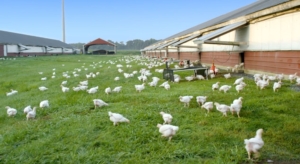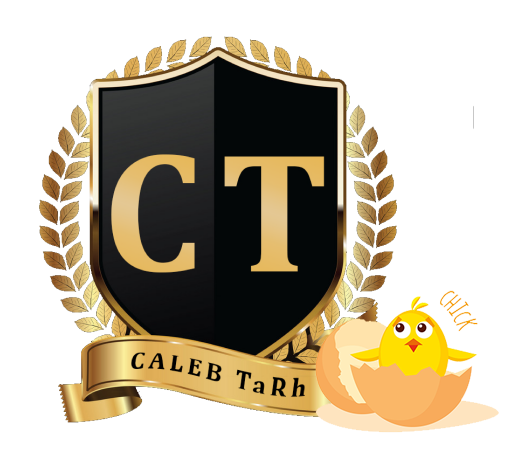The breeding process, which is the first step of broiler breeding, is divided into two as pullet and egg period. The
pullet (growth) period is the period when the breeder chicks are prepared for laying between the 0th day and the
24th week. In this period, closed or light-controlled dark out poultry houses are used. Necessary controls are made in
order for the chickens to reach a homogeneous live weight and they are prepared for the egg period in the best way.
The egg (production) period is the period in which breeders lay eggs between the ages of 24 weeks and 64 weeks.
Pullets reaching 21 weeks of age are transferred to egg houses. The aim in this period is to produce healthy and quality
broiler chicks by obtaining the best hatching efficiency from the hatching eggs produced.
The temperature and humidity in the places where the hatching eggs produced in the farms are stored are very
important. In order to control these necessary conditions in egg warehouses, a warehouse warning system is applied,
which informs the field assistants, breeder production manager and farmer.
The breeders are fed with the feeds sent from the Feed Factory. Health checks begin in breeding flocks and continue
until the final product is obtained. Health screenings of breeding flocks are carried out at regular intervals. Biosecurity
measures and regular health checks taken to prevent environmental pollution ensure that both breeders and chicks are
protected against diseases in field condition.
Growers are regularly checked by grower field assistants throughout their lives. With these controls, the breeding
process is kept under control by carrying out maintenance-management practices in the henhouses, taking biosecurity
measures, keeping production records and applying health monitoring programs.



